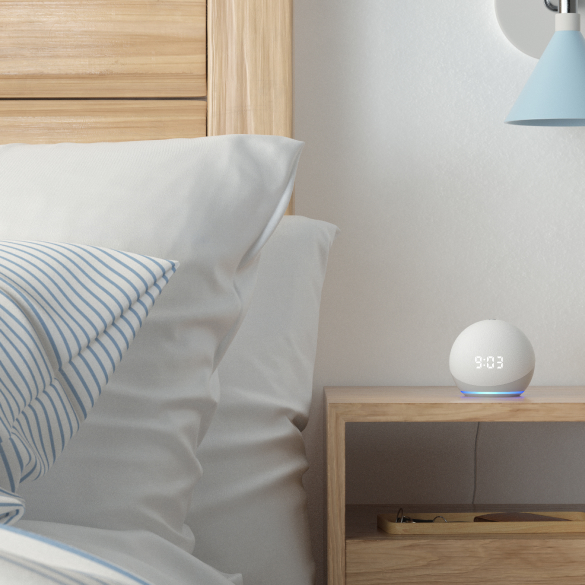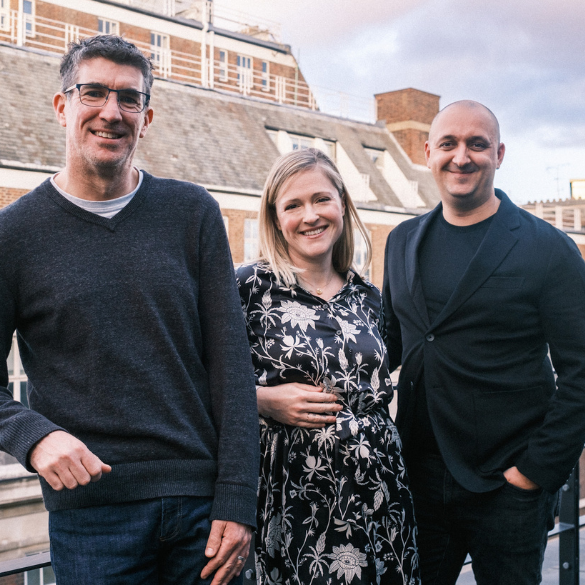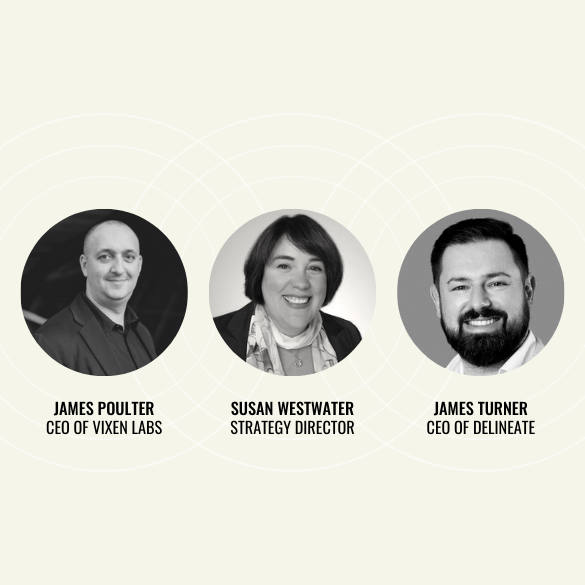49% of people in the UK use voice tech at least multiple times a week (VCI 2022). This is only expected to rise.
So what does this all mean for voice design? Here are my thoughts on the now, the new, and the next across different elements of voice design.
DESIGNING FOR MULTI-PLATFORM AND MULTI-TOUCHPOINT
Platforms and devices are diversifying beyond just smart speakers. Voice technology is in every smartphone, nearly every new car, and most headphones. This means that, right now, brands should be thinking about how they are represented across these platforms.
New opportunities for businesses lie in designing with some of the more recent developments in the Voice space. How can you use functionalities like Amazon’s Send to Phone to integrate Voice across the whole of your digital channel mix? Perhaps you can hand off to a text message, email, or directly into a mobile app as a deep link.
The next step of this approach is thinking about how to design for multi-touchpoints. No silos! Brands should be considering more types of touchpoints than ever before, which is a phenomenal opportunity for creativity.
VOICE DESIGN NEEDS EMPATHY TO BE SUCCESSFUL
Right now, businesses are building conversations that can feel a little clunky. It’s a given that these should be reviewed regularly, so ensure that you’re bringing in human-centric design principles. After all – your business is trying to speak to humans, even if it’s via machine.
The new opportunities in this space revolve around considering privacy concerns. Consult consumer research then double down on those learnings. Remember that being in someone’s ears, home, or car requires trust.
The next stage of successful voice design will be even more sensitive. We’ll begin to see more designers analysing user behaviour to create conversational experiences with the emotional context of the user truly front and centre.
SECTORS, MARKETS, AND THE METAVERSE
The past year has seen a surge in conversational AI used for public services. In India, Umang brings together info and services from a wide range of government agencies. Other countries such as Albania and Morocco are following suit. Governments using these technologies to communicate with the public is, I believe, one of the most exciting applications of voice design now.
Microsoft’s $16bn acquisition of speech recognition firm Nuance Health was finalised in March, making voice in healthcare a sure bet area for growth. Hospitals, elder care, ed-tech – there’s so much opportunity here for new applications of conversational AI. There’s even a relatively new digital diagnostic field called “acoustic epidemiology”, where an AI can help doctors diagnose patients by having them cough into their smartphone.
Any article considering opportunities in the next stage of any tech wouldn’t be complete without – you guessed it – the metaverse. The truth is, we don’t know exactly what the metaverse will be. But the best way to think of it is this: a decisive move away from using screens to interact with the internet, to fully ambient computing. Gone are the swipes and types. Instead, conversation will be at the heart – and in a way that doesn’t mean you need to have a screen in front of you. We’re not going to type into the metaverse but speak into it, interacting with assistants and other types of virtual beings in infinite conversation.
Coming back to the here and now, businesses can be preparing for the new and next. Brands need to develop their tone of voice positioning beyond simple web copy guidelines, towards fully-fledged virtual character design. How will they speak (quite literally) with consumers in different places, and for various different needs?
Not the easiest set of questions to answer. As always, we’re here to chat things through – you can contact us here.





